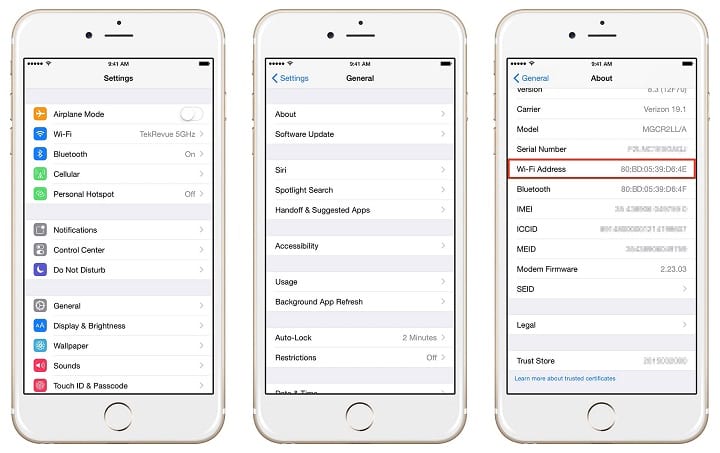

The easiest way to check your external IP address, is to use a website such as What is my IP address? Not only does this website display your IP address, but it also includes other information, such as your Internet Service Provider and the location associated with the detected IP address, so you can verify that it has identified you correctly.Īlternatively, you can check your external IP address from the command line: We have a whole guide to limiting the amount of information third party advertisers can gather about you, or if you’re concerned about being tracked via your IP address in general, then you may want to look into setting up a Virtual Private Network (VPN). And, although online advertisers won’t be able to identify the person behind an IP address, they can track the IP address itself and use it to deliver targeted ads to your device. On the upside, only your Internet Service Provider knows the real name and exact address associated with an IP address, but it is possible to get a rough estimate of your location, based on your IP address alone.

IP addresses are often associated with questions about online privacy – and it’s a mixed bag. This address is sometimes known as the local or private address, as it’s only known by your home network. In addition to the external IP address, every device on your network will have its own IP address, including your Mac and your router. This IP address is how the rest of the Internet sees you. I better stick to Windows.What’s the difference between external and internal IP addresses?Īn external IP address, also known as a public IP address, is assigned to your network as a whole by your Internet Service Provider. I ordered today a new Microsoft Laptop and will sell the brand new MacBook, because the here described issue isn’t by far the only one which annoys me with macOS. I also will give up now, for my own sanity, exactly as you said. But after a restart the NetBIOS name was again “Apple” or “APPLE”. Because after that the NetBIOS name was initially “MACBOOK-PRO” and not “MACBOOK” as I had expected. So I thought I should use your command to set the HostName to “MacBook” (sudo scutil –set HostName “MacBook”) which created a astonishing result on my machine. Print: Entry, “:System:System:HostName”, Does Not Exist Here are the results:Ģ.) /usr/libexec/PlistBuddy -c “Print :System:System:HostName” /Library/Preferences/SystemConfiguration/ist Displaying the Host Name” things got weird for me. Therefore, in my case, the NetBIOSName “Apple” clearly isn’t derived from the Bonjour name (which apparently is the same as the LocalHostName), because my LocalHostName is “MacBook-Pro”.Īfter using the 3 commands from your chapter “5. The question for me is, where does my machine gets this name from? Where else is this NetBIOSName “Apple” configured? (This I configured myself in the GUI under Shares) (Which is the default name created from the initial computer setup)

I used and checked all of your commands for the terminal. In my case the NetBIOS name can’t be derived from the Bonjour name.
How to find mac address mac terminal plus#
Well In my initial post I forgot to mention that my attempts also included several reboots of the MacBook itself plus my router of course.

For me it’s even harder because it’s my very first Mac, thus I’m still an unexperienced beginner with macOS and have to learn everything piece by piece myself with the help of the Internet. Apparently I’m not alone fighting with this inadequateness of macOS.


 0 kommentar(er)
0 kommentar(er)
